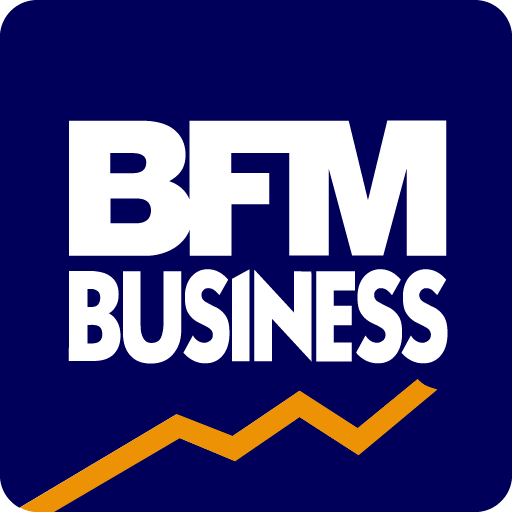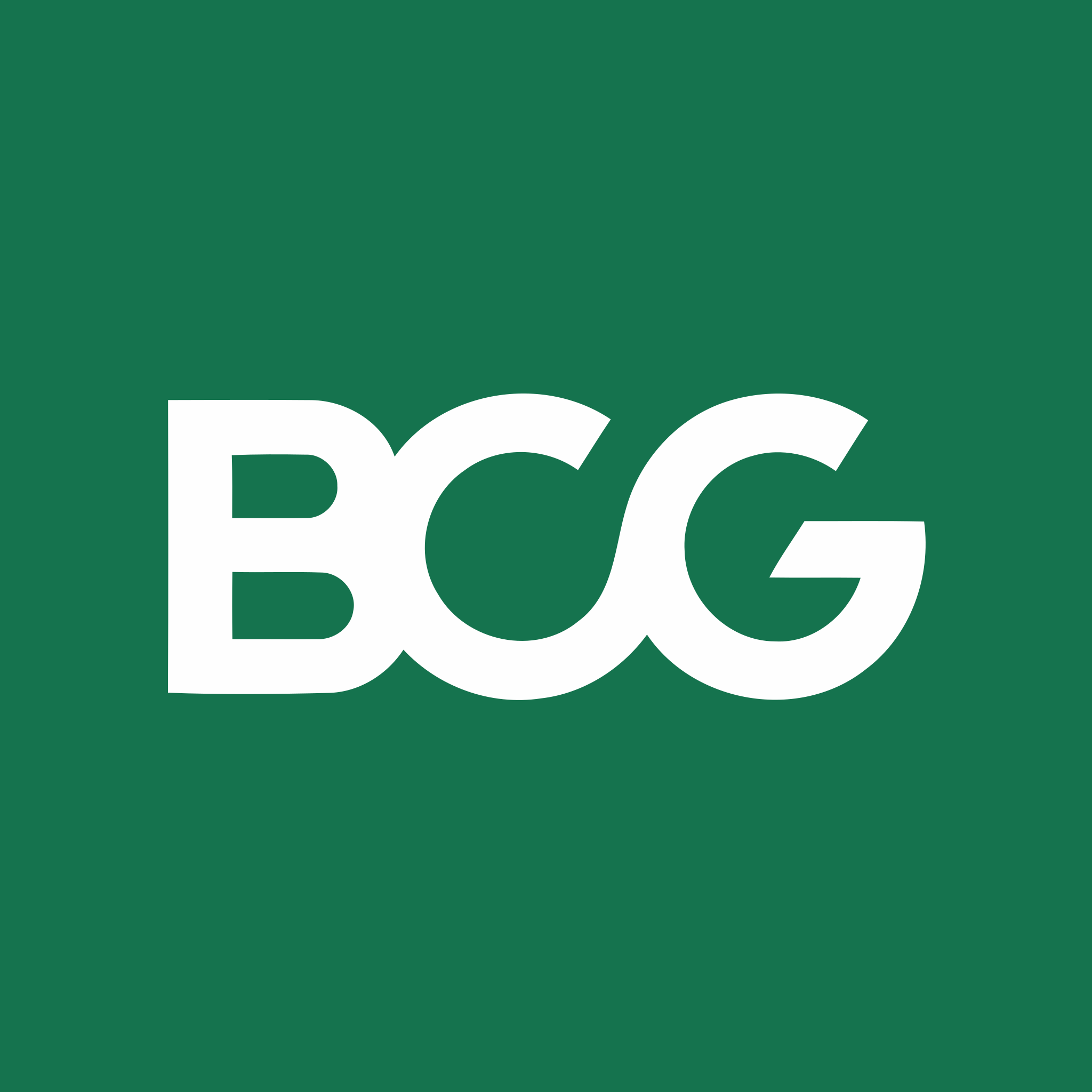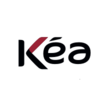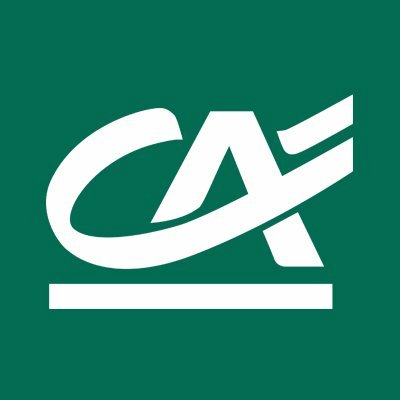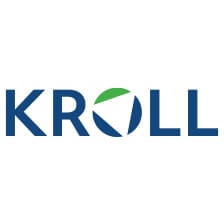Detailed content of our market study
 Inforamtion
Inforamtion
- Number of pages : 35 pages
- Format : Digital and PDF versions
- Last update :
 Summary and extracts
Summary and extracts
1 Market summary
1.1 Definition and scope of the study
Butter is a solid emulsion of fat globules, air and water, produced by churning milk or cream and used as a food. The earliest evidence of butter dates back to 2000 BC.
France, a country renowned for its gastronomic heritage and cuisine, is a major player in the butter sector. Indeed,France is the world's leading consumer of butter, with around 8 kg per person per year.
The French market has suffered from a degree of volatility in recent years. This is due to several key macroeconomic and political events: firstly, in 2015 the EU abolished its quotas for dairy producers. This led to a collapse in prices, resulting in a sharp contraction in market size against a backdrop of falling incomes. Furthermore, in 2017 French farmers experienced another shock to butter supplies, with the rising price of cow's milk, but also poor weather conditions. The rise in cost was due to political decisions in 2015; production slowed as farmers became wary of the possibility of selling off their stocks. Meanwhile, demand remained stable, pushing prices up drastically. In 2016, a tonne of butter cost 2,500 euros; by 2023, it had risen to 4,260 euros. Consumers have borne very little of this cost increase, as retailers (supermarkets and hypermarkets) have been reluctant to raise their prices too much , and producers have therefore had to cut their margins.
In France, the butter market is highly concentrated. According to ACOSS, there were 12 companies registered under NAF code 10.51B ("Butter manufacturing") in 2023. On the other hand, this is a market with a high density of labor.
Ona global scale, the market is expected to grow at an average annual rate of 3.8% until 2033. This growth comes against a backdrop of increased use and demand for butter in food processing, but also because demand for food products containing butter (e.g. pastries) is on the rise.
overall, consumption of butter and margarine is declining, while that of organic butter is rising steadily.
1.2 Strong growth on the global market
Global butter market size World, ****-****, in billions of US dollars Source: ****
*Forecasts
The global butter market is expected to grow strongly at a CAGR of *.*% to ****.
This growth is driven by increased use and demand for butter in food processing. In addition, consumer demand for foodservice foods is increasing, contributing to growth in the butter market. Nevertheless, food retailing is the most important sales segment, followed by food processing and catering.
In parallel with changing health issues in society, butter substitutes (***) are holding back potential growth in the traditional butter sector.
Per capita butter consumption World ****, in kilograms per capita Source: ****
In ****, New Zealand (***) but still down on the previous year by *.**%.
One of the main triggers for butter consumption is the availability of livestock farming, which actually produces butter.
Finally, France is the world's leading consumer of butter, consuming an average of * kg per person per year. [***].
1.3 A volatile domestic market
butter production in France is relatively volatile, as shown in the following graph:
Butter market size (***) France, ****-*****, in millions of euros Source: ****
In ****, the EU as a whole saw a drop in butter production, against the backdrop of the end of milk quotas. Since the ****s, EU farmers had been guaranteed a price for their milk, regardless of the balance between supply and demand. The European Union justified the decision to end quotas in **** as follows: "The main reason for the decision to end milk quotas is the considerable increase in consumption of dairy products in recent years, particularly on the world market - which is expected to continue in the future - while the quota system prevents EU producers from meeting this growing demand."[***] As a result, prices have fallen sharply, as have revenues, although demand has remained stable or increased.
In ****, the market recovered for three years. But it was only after a slight downturn in **** that the market experienced a real second wind, returning to a sustained rate of growth: in ****, the market recorded an increase of around *** million euros. The trend continues in ****, with butter production reaching sales of over *,*** million euros, a ten-year high.
In ...
1.4 International trade
In this section, we analyze the butter trade in France. In particular, we use the UN Comtrade database and the code ****** - Dairy products; milk derivatives, butter.
Foreign trade in butter France, ****-****, in million US dollars Source: ****
The graph above shows France's butter trade with the world between **** and ****, as well as the coverage rate (***).
It can be seen that France's butter trade balance is structurally in deficit. What's more, this dependence on foreign trade has increased between **** and **** (***). In ****, both imports and exports fell drastically as a result of the pandemic. The drop in imports was proportionally greater than that in exports, hence the increase in the coverage rate.
Since ****, imports and exports have picked up again, but are struggling to return to pre-pandemic levels. By ****, imports had reached the value of **** million dollars and exports ***. The coverage rate was *.**.
In order to discover France's main foreign trade partners for butter, we studied the code ******** "Natural butter, of a fat content by weight >= **% but <= **%, in immediate packings of a net content <= * kg (***)":
Main butter export destinations France, ****, in percent Source: ****
The chart above illustrates France's butter exports. It can be seen that France's butter trading partners are very numerous. ...
2 Demand analysis
2.1 Characteristics of French consumers
Geography
Butter consumption is highly heterogeneous across France, as shown in the following graph:
Breakdown of butter purchases by volume France, ****, in Source: ****
In fact, butter consumption in Western France is over-represented. This can be explained by the fact that this region has a culinary culture in which butter plays a very important role (***). But here, consumption can be explained by the very high density of the French population living in the region.
Income
Breakdown of butter purchases in volume by income class France, ****, in Source: ****
The lower-middle class accounts for the majority of butter purchases (***).
Age of person responsible for purchases
Butter volume by age of person responsible for purchases France, ****, in Source: ****
Butter is very popular with senior citizens, as this graph shows. Indeed, the over-**s will account for **.*% of the volume of butter purchased in ****. It is possible to establish a correlation between age and butter consumption, since it would appear that the volume of butter purchased increases with age.
2.2 Butter consumption
Despite the fact that France is the country with the highest per capita butter consumption in the world, butter consumption by French households is falling. This has been penalized by the decline of breakfast in French eating habits. Although this meal accounts for **% of butter consumption, it is losing popularity. [***]
The graph below shows the penetration rate for different types of butter. It gives a good indication of which butters have become more sought-after and consumed over the past five years.
Penetration rates for different types of butter France, ****-****, in Source: ****
The penetration rate of traditional butter is high, and has maintained its dominant position since ****. In ****, **.*% of the French population consumed non-organic butter. By ****, this was the case for **.*% of the population. The penetration rate of non-organic butter is very constant. There has been a slight downward trend since ****, but it is very marginal (***).
Meanwhile, however, the use of organic butter has increased dramatically; in ****, one in ten French people consumed it. In less than ten years, the penetration rate of organic butter has risen by almost **%, reaching **.*% in ****. Indeed, we are witnessing a shift in butter consumption, with new forms of butter (***) cannibalizing sales of traditional butter.
Moreover, ...
2.3 Demand trends
Cyclicity
Search interest for the term "Butter France, ****-****, in Google Trends index Source: ****
The graph above represents the proportion of searches for a given term in a given region over a given period of time, relative to when it was most searched for (***). Thus, a value of ** means that the keyword has been used less frequently in the region concerned, and a value of * means that there is insufficient data for this keyword.
Interest in butter research in France is, contrary to what you might think, highly cyclical. Interest peaks around Christmas, when butter is used more in cooking. Although this interest does not necessarily translate into an equivalent sales pattern, it does underline the fact that interest in butter is greatest around Christmas.t in butter is greatest around the festive season, which means that butter retailers could benefit from this seasonality.
Premiumization
Another trend is that consumers are spending more and more on butter. This is largely due to the fact that the price of butter is rising (***). However, this increase is also accompanied by a desire on the part of households to consume higher-quality products. Demand is inelastic, with consumption increasing as prices rise, and consumers looking ...
2.4 France's favourite butter brands
The graph below is based on OpinionWay's survey of French consumers' favorite brands in March ****. These are respondents' answers to the question "Do you like this brand of butter?" for each brand, the percentage corresponds to the proportion of respondents who answered "yes".
Président is France's favorite butter brand, with **.*% of those surveyed saying they liked it. Fruit d'Or is the least appreciated butter brand in this survey, with only **.*% of respondents saying they liked it.
French people's favorite butter brands France, March ****, in Source: ****
The graph below compares the approval ratings of the * favorite butter brands of the French according to respondents' region. Respondents from the North-West region are the most likely to appreciate these * butter brands. Their appreciation rates are higher than those of other regions. Although there is a degree of homogeneity in French opinion of each butter, there are sometimes major differences in taste from one region to another: while Bridel is widely appreciated in the North-East (***). Comparison of the level of appreciation of * butter brands according to respondent region France, March ****, in Source: Opinionway Marque préférée des Français survey conducted in March **** - Base: representative sample of *,*** French Internet users aged ...
3 Market structure
3.1 Market overview
Number of companies and employees in the butter manufacturing sector (***) France, ****-****, in units Source: ****
The French butter market is highly concentrated, with just ** companies registered under NAF code **.**B in ****. Between **** and ****, this number remained unchanged, implying that the stability and market power of existing companies are significant. The market is therefore highly fragmented, although two new players have joined since ****.
Between **** and ****, the number of employees rose by around **% to ***. In other words, while the number of companies has remained the same, the number of employees has increased. In ****, there was an average of ** employees per company. By ****, this figure had risen to **.
There therefore appear to be significant barriers to entry into the butter market.
3.2 Production
in order to observe variations in butter prices, it is interesting to study the evolution of production in terms of value and volume:
Butter production, in value and volume France, ****-****, in millions of euros and thousands of tons Source: ****
We can see thatbetween **** and ****, the value of production increased faster than the volume produced, highlighting the rise in farmgate butter prices. Since ****, production volume has tended to fall slightly. It stood at *** million tonnes in ****. The value of production also fell between **** and ****. However, it has since risen to **** million euros in **** and ****. There is therefore a significant price effect attributable to the inflationary context.
Average producer prices for butter (***) France, ****-****, in euros per tonne Source: ****
In ****, production costs in France were slightly higher than in the EU. In fact, they rose sharply between **** and ****, before declining again until ****.
In ****, a tonne of industrial butter cost *,*** euros (***). By ****, the price per tonne had risen to €*,*** in France, an increase of **% between **** and ****.
3.3 Distribution
Butter sales by distribution channel France, ****, in percent Source: ****
Butter is mainly bought in hypermarkets, where almost half (***) of sales took place in ****. Supermarkets come in second with over a fifth of sales. E-commerce, which is growing for all products, accounted for *.*% of butter sales in ****, up from *.*% in ****. Convenience store sales continue to gain in value, with *.*% in ****, *.*% of sales in **** and *.*% in ****.
Today, private labels still dominate the butter market in terms of production volume :
Butter manufacturers' market share by volume France, **** - ****, as % of sales Source: ****
Private labels account for **.*% of total production volume. However, this figure is slightly down on the previous year (***).
Butter brands ranked by number of users France, ****, thousands of users Source: ****
Butter consumption in France reveals the highly competitive nature of the market: where no single brand really dominates sales.
In ****, the leading butter brand in France by number of users was Président Beurre Moulé. It had around *.** million consumers for that year. In second place was Elle & Vire Beurre Tendre (***).
However, at company level, there is a clear concentration of the market, which could even be described as oligopolistic. The butter market is concentrated around two family-owned groups that dominate the ...
3.4 A market facing volatility due to uncertainty
Dairy farmers are facing uncertain conditions on the butter market. Firstly, the European Union quotas put in place to alleviate this uncertainty were abolished in ****. In addition, production is uncertain due to unstable weather conditions. This weather instability is set to increase in the coming years with climate change (***). Finally, competition is fierce, not only at national level, but also from substitute products and foreign players, putting pressure on margins. As a result of all these factors, the French butter market has experienced a number of upheavals in recent years.
For example, in ****, there was an episode of soaring butter prices, triggered by the fact that the market is highly dependent on changes in the conjecture on the dairy production market, located upstream. That year, milk producers reduced their production volumes due to the low price of milk powder, which makes up **.*% of the production of a liter of milk, the remainder being butterfat used to make cream and butter. The low price was due to a production surplus held by the European Commission since the abolition of European milk quotas. In addition, the difficult weather conditions of **** and spring **** deteriorated the fat content of milk. As a result, producers used ...
4 Offer analysis
4.1 Product typology
There are many different types of butter, depending on the way it is produced or the additives used. Below is an exhaustive list:
Beurre cru or raw cream butter: this butter is made exclusively from "intact" cream, in the sense that it has not undergone any sanitizing treatment, apart from cooling the milk after milking in milk vats to *° C, in order to preserve it. Extra-fine butter: Made exclusively from pasteurized cream, which has never been frozen, deep-frozen or deacidified. This means that production begins no later than ** hours after the milk or cream has been collected, and ** hours after the milk has been skimmed. Fine butter: This is butter in which the proportion of frozen or deep-frozen dairy raw material does not exceed **%. Salted butter: Salt content generally exceeds *%. Semi-salted butter: the salt content is generally between *.*% and *%. Appellation d'Origine butter: Like all Appellations d'Origine, it meets strict criteria of terroir and manufacturing tradition. Three butters have been awarded PDO status: Beurre Charentes-Poitou, Beurre d'Isigny and Beurre de Bresse, thanks to their link to the land and the finesse and typicality of their taste. Low-fat butter : its fat content must be between ** and **%. The cream is pasteurized beforehand. Demi-beurre or ...
4.2 Price analysis
The following graph shows the evolution of the consumer price index for butter over the last ten years:
Trend in the consumer price index for butter France, **** - **** Source: ****
Since ****, the price of butter has risen significantly, and this will be exacerbated in **** and **** by the inflationary context in which the French economy is operating. Since ****, the consumer price index has risen by over **%.
4.3 Supply trends
A fall in milk production against a backdrop of unfavorable milk powder prices and a heatwave: A sustained rise in butter prices Tensions in the distribution sector Increased temptation to export
Inflation and butter prices
Butter has not escaped the general rise in prices, and even seems to be one of the products most affected by this phenomenon:
Consumer price growth for the seven products most affected by inflation France, **** - April **** Source: ****
Indeed, butter is the product with the second-highest inflation rate, just behind oils and fats. Between January and April ****, the price of butter rose by **.*%. This trend could force consumers to reduce their consumption, and possibly turn to substitutes.
The price of a kilo of butter has been rising steadily, accelerating in **** and continuing into ****:
Trend in butter price per kg France, **** - ****, in €/kg Source: ****
The price of butter has been hit hard by inflation. In **** , the price per kilo of butter reached more than €**.**, up more than **% on ****.
5 Regulations
5.1 Regulations
The regulations covering butter are summarized in the following legislation:
Regulation (***) Regulation (***) Decree no. **-**** of December **, **** regulating the manufacture and sale of butter and certain dairy specialties. Decree no. **-**** of December **, **** regulating the manufacture and sale of margarine and other fat blends not exclusively of dairy origin.
In addition, the French government declares the following with regard to packaging conformity.
"The labelling of the butters inspected showed several types of non-compliance: deception as to substantial qualities or place of manufacture, non-compliant water or fat content. For example, one operator's manufacturing regime included the possible incorporation of rinsing creams, unsold creams, butter left over from previous manufacturing and/or butter returns, and butter frozen at the "Milk storage and processing" stage for the manufacture of extra-fine butter".
Another issue for French butter producers seems to be their compliance with the rules on chemical composition. The same source reports that "one out of every four samples analyzed in the laboratory was deemed 'to be monitored' or 'non-compliant', generally due to a lack of compliance with physico-chemical criteria". In addition, agricultural producers are often unaware of the legal definition of butter. Finally, their controls are often empirical. As a result, the ...
6 Positioning the players
6.1 Segmentation
- Savencia Fromage & Dairy groupe
- Eurial Coopérative
- Isigny-Sainte-Mère (Coopérative)
- Sodiaal Groupe (Coopérative)
- Lactalis Groupe
- Loyez Woessen - Abondia
- Terra Lacta Cooperative
- Elle & Vire (Groupe Savencia)
- Agral Sa
- Aravind
- Elvir
- Etablissements Philippe Charrier
- La Baratte Bordelaise
- La Fromagee Jean Yves Bordier
- Laiterie Cooperative Saint Jean La Ronde
- Laiterie Du Pont Morin
- Laiterie Le Gall
- Le Vieux Bourg (Beurre Le Vieux Bourg)
- Lebeau
- Les Grands Beurres De Montpellier
- Societe Beurriere D'Isigny
- Societe Beurriere De Retiers
- Societe Cooperative Agricole Laiterie De Pamplie
- Uclab Industrie
- Union Beurriere Du Val De Mieges
- Vincent Bilard (No Blabla Foods)
All our studies are available online in PDF format
Take a look at an example of our research on another market!
 Choosing this study means :
Choosing this study means :
Access to more than 35 hours of work
Our studies are the result of over 35 hours of research and analysis. Using our studies allows you to devote more time and added value to your projects.
Benefit from 6 years' experience and over 1,500 industry reports already produced
Our expertise enables us to produce comprehensive studies in all sectors, including niche and emerging markets.
Our know-how and methodology enable us to produce reports that offer unique value for money.
Access to several thousand articles and paid-for data
Businesscoot has access to all the paid economic press as well as exclusive databases to carry out its market research (over 30,000 articles and private sources).
To enhance our research, our analysts also use web indicators (semrush, trends, etc.) to identify market trends and company strategies. (Consult our paying sources)
Guaranteed support after your purchase
A team dedicated to after-sales service, to guarantee you a high level of satisfaction. +44 238 097 0676
A digital format designed for our users
Not only do you have access to a PDF, but also to a digital version designed for our customers. This version gives you access to sources, data in Excel format and graphics. The content of the study can therefore be easily retrieved and adapted for your specific needs.
 Our offers :
Our offers :
the butter market | France
- What are the figures on the size and growth of the market?
- What is driving the growth of the market and its evolution?
- What is the positioning of companies in the value chain?
- Data from several dozen databases
Pack 5 études (-25%) France
- 5 études au prix de 74 €HT par étude à choisir parmi nos 1200 titres sur le catalogue
- Conservez -25% sur les études supplémentaires achetées
- Choisissez le remboursement des crédits non consommés au terme des 12 mois (durée du pack)
Consultez notre catalogue d’études sectorielles








